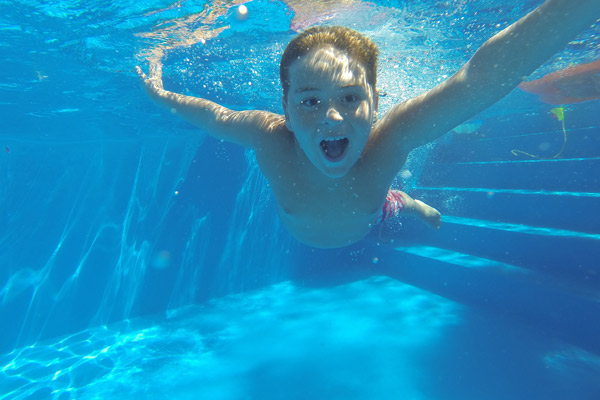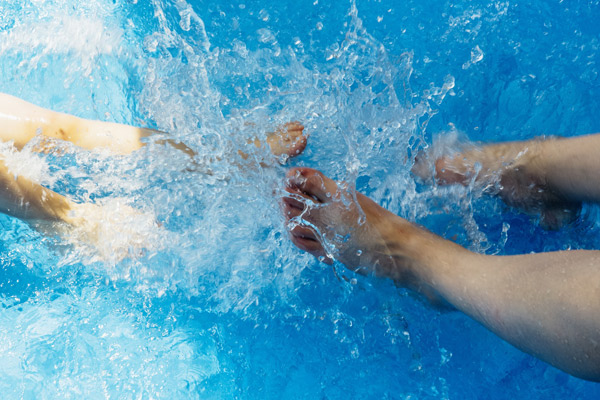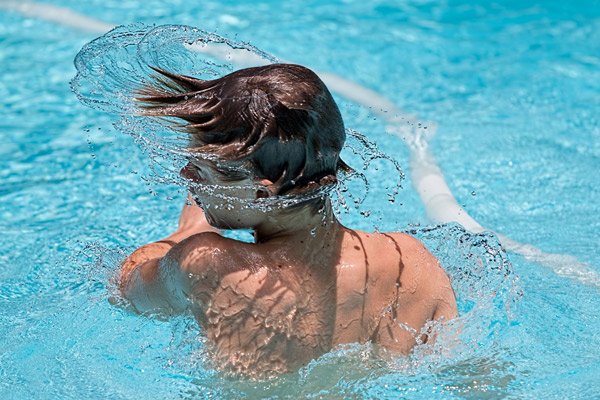- 815-654-7665
- info@soncopools.com
- M-F 9am-6pm - Sat 9am-4pm Sun 10am-2pm



There is a correlation between pH level and alkalinity, but while you will test the water for its pH level, which ideally should be between 7.4 to 7.6, testing for total alkalinity is a different matter. Pure water has a pH level of 7 and keeping it at a level of 7.4 and 7.6 is required as this is the range where chlorine in the water works best. This pH level is also much better for your skin, eyes, and all the equipment that the pool water passes through. The pH level can go out of balance very quickly and is influenced by temperature, sunlight, and/or by the presence of any foreign objects in the water. The solution then is to have a pH buffer by using alkalinity increasers. They keep your pool chemistry stable and help to absorb any fluctuations that may cause the pH to go out of balance.
Total alkalinity is measured in parts per million and your swimming pool should have between 80 and 120 parts per million (ppm). The type of chlorine that you use can indicate the correct level needed. When the total alkalinity in your pool water falls below 80 ppm, the water can turn acidic and this can cause corrosion on the equipment of the pool and its surfaces. It can also lead to stains. Pool water is likely to turn a shade of green, and there can be wild fluctuations in pH levels. As a user, you will find that your skin and eyes burn or itch. Excessive rainwater falling or finding its way into the pool can cause its total alkalinity to drop below the safe level. Increasing alkalinity in the pool can be done by adding Alkalinity increasers.
At the same time, when the ppm crosses 120, scales will form on the pool surface and in the equipment, water will turn cloudy, and you can find the same problems with your eyes and skin. Higher pH levels are difficult to lower. Body lotions and sweat can lead to high alkalinity. You can lower the alkalinity to the desired level by adding Muriatic Acid. This acid requires careful handling.
Alkalinity and pH levels are independent but still related. A low level of pH means that your alkalinity is also going to be low and will need to be increased. Similarly, a high pH level indicates high alkalinity and needs to be reduced. The good condition of all the equipment you have purifying your water’s system in your pool depends on maintaining this at the correct levels. You will also find it safer for you, your family and friends to use the pool when the levels are properly maintained.

